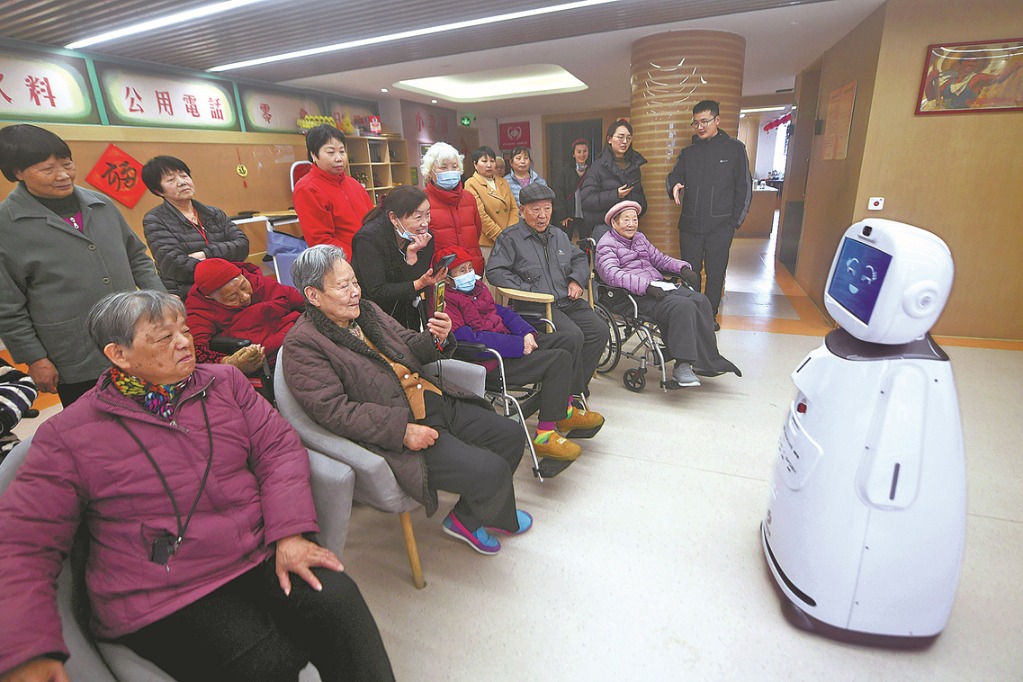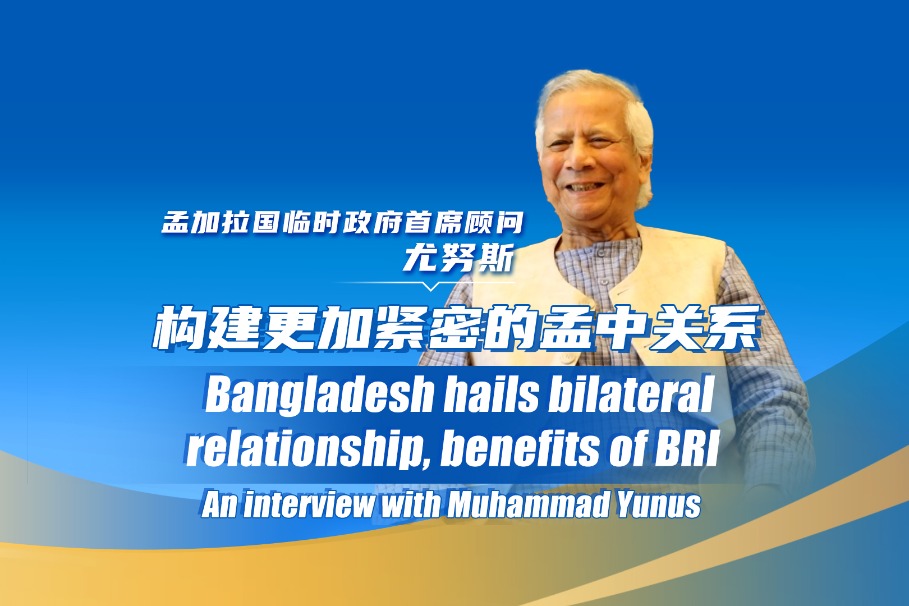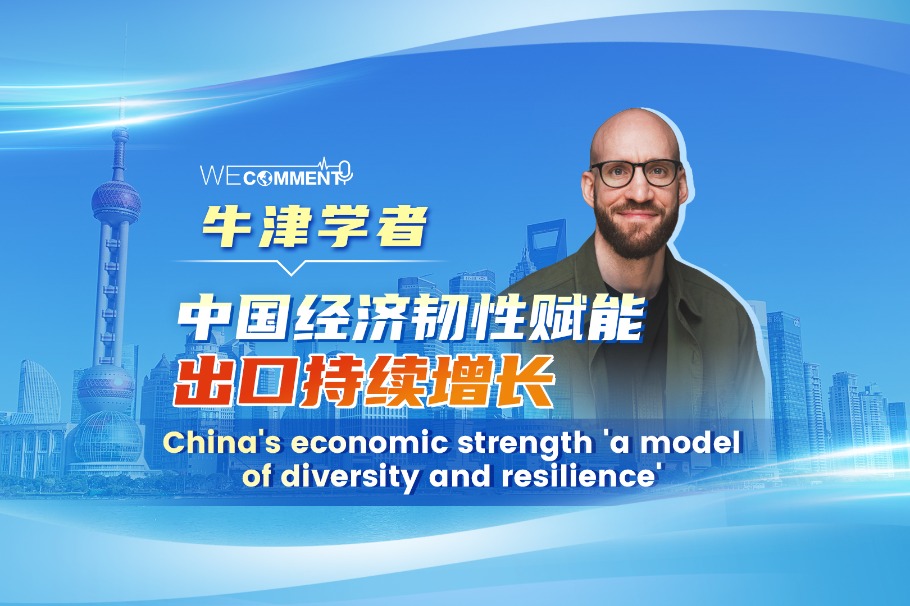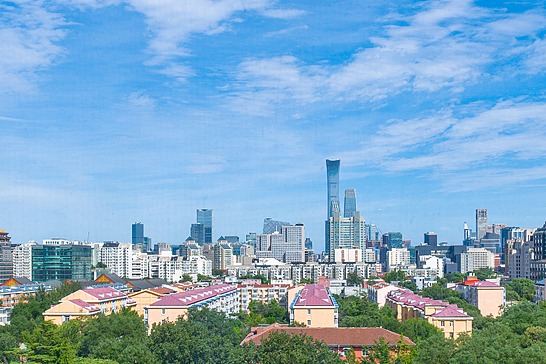Xiong'an: An emerging hub of innovation, livability
Eight years on, new area continues to attract talent, high-tech enterprises

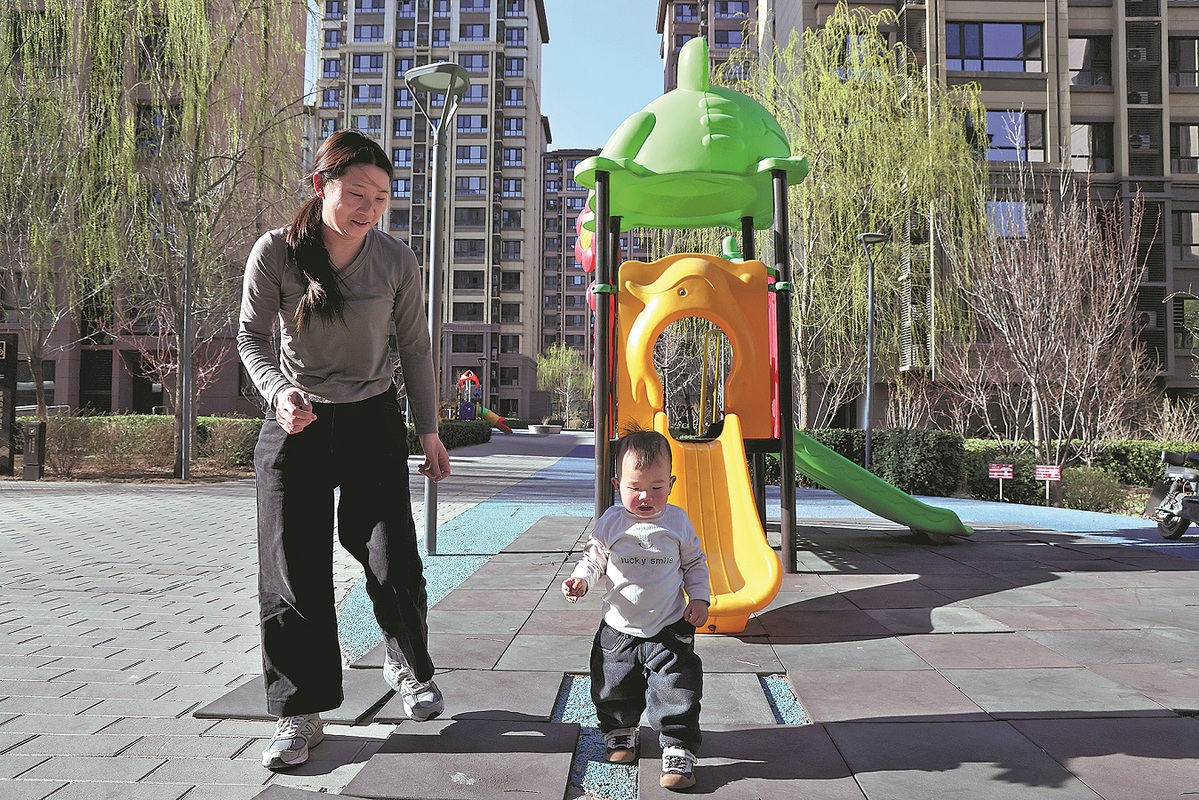
Wonderful scenes
As an employee of China Datang Technology Innovation Co — a participant in the relocation process, Chen's experiences and feelings about the shift illustrate how these internal driving forces are becoming more robust.
"I came to Xiong'an for the first time in January 2024. Initially, it felt quite sparse and quiet here. But throughout the year, many work units gradually moved in, making the area livelier," Chen said, adding that amenities are close by, and shopping and entertainment facilities are well-equipped, making daily life very convenient.
The local government in Xiong'an has issued him a Talent Card B, which offers many public service conveniences. The card also provides a monthly housing subsidy for employees who have relocated to the new area.
"The conditions for entrepreneurship and living, as well as benefits for relocated personnel, are not lower than when they stayed in Beijing," Zhang Guohua, Party secretary of Xiong'an New Area, said in an interview with China Daily in early March.
According to the committee, the new area's housing provident fund standards, which provide funding support for individuals to buy houses, are aligned with Beijing's policies.
And a one-card pass for social security in Beijing and Xiong'an enables intercity mutual recognition for use of public transport, medical treatment, and medicine purchases.
"Working and living in Xiong'an also allows you to experience the wonderful scenes of no traffic congestion, mini football fields, tree-lined parking lots, and a paradise for migratory birds," Ni Yuefeng, secretary of the Hebei Provincial Committee of the Communist Party of China, said during the two sessions in March.
These efforts align with directives from China's central authorities, who have prioritized Xiong'an's development as a millennial plan of national significance.
Policies related to children's education, healthcare, housing, compensation, social security, medical insurance, and the housing provident fund for relocated personnel should be further refined and implemented, in order to ensure that both relocated work units and personnel enjoy tangible benefits.













